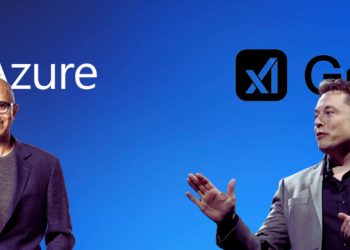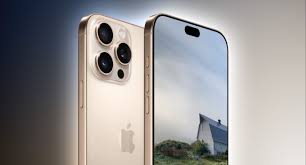OpenAI on Tuesday said it is beginning to release a powerful artificial intelligence model known as GPT-4, setting the stage for human-like technology to proliferate and more competition between its backer Microsoft and Google.
In a blog post, OpenAI, the company behind the viral chatbot ChatGPT, claimed that its most recent technology is “multimodal,” meaning that it can generate material in response to both visual and textual cues. While the image input option is still a research preview, the text input capability will be made accessible to ChatGPT Plus users and software developers with a waitlist.
The eagerly awaited launch serves as a warning that office workers may start using ever-improving AI for more activities, and that tech businesses are vying for customers as a result of these developments.
Days before Microsoft is scheduled to show AI for its competing Word processor, which is probably powered by OpenAI, Google on Tuesday unveiled a “magic wand” for its collaboration software that can generate practically any document. Also, a Microsoft executive claimed that GPT-4 is a component of the Bing search engine.
It claimed that in several instances, the most recent technology from OpenAI represented a significant upgrade over the GPT-3.5 predecessor. The new model performed in the top 10% of test-takers in a simulation of the bar exam, which U.S. law school graduates must pass before engaging in professional practice, according to OpenAI, whereas the older model performed in the bottom 10%.
While in casual conversation the two versions may seem identical, “the difference comes out when the complexity of the task approaches a significant threshold,” according to OpenAI, which noted that “GPT-4 is more reliable, creative, and able to handle far more nuanced instructions.”
Greg Brockman, the president of OpenAI, demonstrated the technology online, showing how it could take a picture of a hand-drawn mock-up for a straightforward website and generate a genuine website from it. The demonstration revealed that GPT-4 might also assist people in calculating their taxes.
Sam Altman, OpenAI’s chief executive, on Twitter called GPT-4 its model “most capable and aligned” with human values and intent, though “it is still flawed.”
While in casual conversation the two versions may seem identical, “the difference comes out when the complexity of the task approaches a significant threshold,” according to OpenAI, which noted that “GPT-4 is more reliable, creative, and able to handle far more nuanced instructions.”
Greg Brockman, the president of OpenAI, demonstrated the technology online, showing how it could take a picture of a hand-drawn mock-up for a straightforward website and generate a genuine website from it. The demonstration revealed that GPT-4 might also assist people in calculating their taxes.
“Whenever a company uses this piece of technology,” Jaluria said, “those workloads go through Microsoft Azure, and I think this is coming at a very critical time.”






